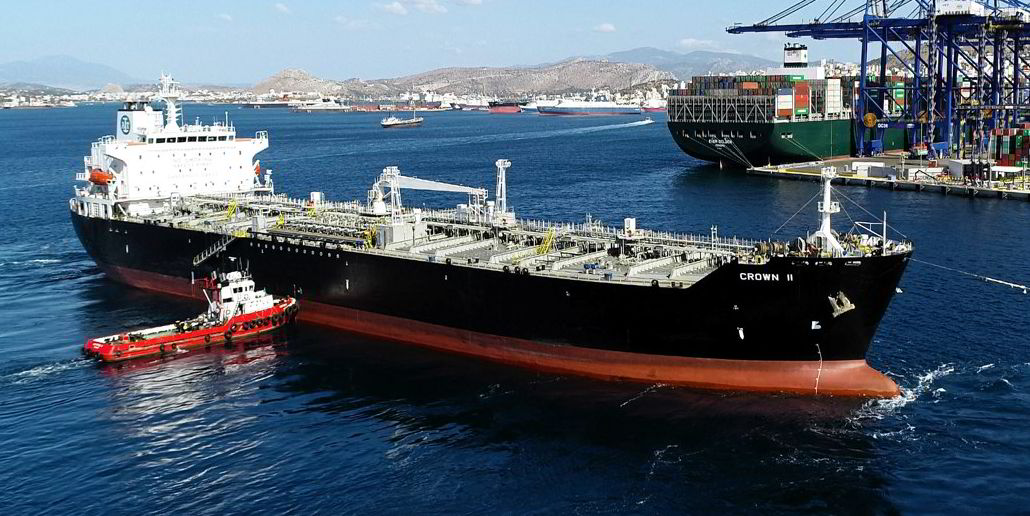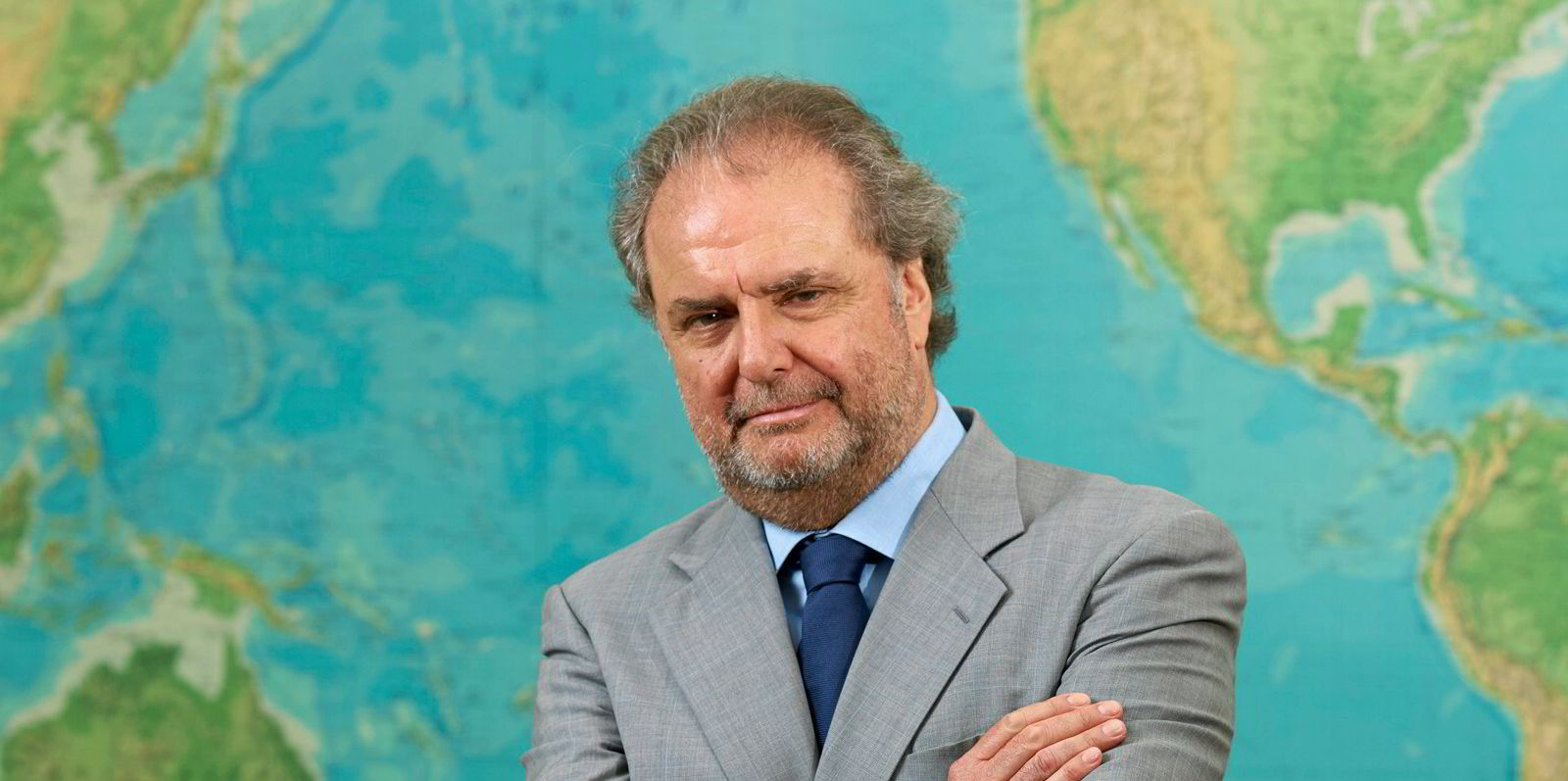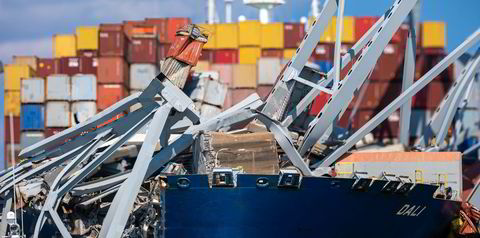A lack of new handysize tankers and competition from bigger MR ships could signal an exodus of the smaller vessels from European markets.
This is the view of Spanish shipbroker Medco, which also said LR1s will become ever scarcer due to a lack of contracting activity at shipyards.
"LR1s and handysizes are getting older and no new units are coming," Medco research analyst Ruben Sanchez told TradeWinds.
"In the product tanker sector, the orderbook figures for LR1s and handies are remarkable. Both sizes present the same path: ageing and lack of new units coming to the market."
UK shipbroker Clarksons lists 26 product tankers on order of between 10,000 dwt and 25,000 dwt, and only 19 smaller MRs of between 31,000 dwt and 41,000 dwt. This compares with about 170 MRs of 50,000 dwt each under construction.
There is nothing at all listed in the LR1 orderbook, although Alphatanker listed five on order in February this year ranging from 55,000 dwt to 80,000 dwt.
Sanchez believes there is a consensus in the tanker sector that charterers are moving away from both sizes and an uncertain future persists for these vessel classes.
Most handysizes are trading cross-Mediterranean or in northern Europe.
Terminals and tankers get bigger
Some terminals in both regions still have size restrictions at berths, and handysizes are a good fit for short-haul trips, Sanchez explained.

However, countries are upgrading their terminals to accept bigger sizes, "blowing out" the need for these smaller vessels, he added.
"As no new units are coming to the market, the scarce fleet will also help charterers to cross over to MRs and we could see in the next two to three years a drop in the use of handies [as] ... most liquids routes in those regions trend towards MRs," he said.
Sanchez identified more owners of MRs already able to carry out voyages within the Mediterranean.
"As handies are getting older, we believe that most of the actual handy operators will sell their units to players trading in small and remote areas where vessels don't face vetting restrictions," he said.
This could include bunkering activities in West Africa or trips between countries in South America, Sanchez argues.
And LR1s could face their own downward pressures in the western hemisphere.
Nigeria's new Dangote refinery is expected to come to the market in the fourth quarter of 2022 or the start of 2023.
With a production capacity of 650,000 barrels per day (bpd) of products including petrol and diesel, the plant will fulfil all Nigerian product needs, with room to export some distillates, the broker said.
LR1s are used in the West, mainly on the northern Europe to West Africa route and, as imports of West African products are expected to drop, demand for LR1s could fall significantly, he added.
LR1s moving east?
This will lead shipowners to move their LR1 fleets away from the west to find cargoes in the intra-Asian or Middle East to Asia markets, Sanchez said.
If this trend is confirmed, charterers would find it difficult to cover their LR1 stems in northern Europe and the Mediterranean.
The Dangote refinery will also affect crude oil exports, as it will absorb around 300,000 bpd of its own Nigerian production.
Europe's attempts to become greener and efforts to switch to biofuels and electricity are causing investment in new refineries to shift to the east.
The Middle East and Asia are the regions that will add more capacity, according to Sanchez, which is likely to add more transport demand for product tankers in intra-Asia markets and reduce Europe to Asia shipments.
However, connections between west and east could continue with some arbitrage cargoes.
Medco also revealed huge differences in fleet growth for the various product tanker types.
The fleet of handysizes will remain stable, with some additions offset by scrapping.
The MR and LR2 fleets will grow by around 3% during 2022, however.
By the end of next year, product export volumes are expected to reach levels last seen in the final three months of 2019, Medco forecast.







